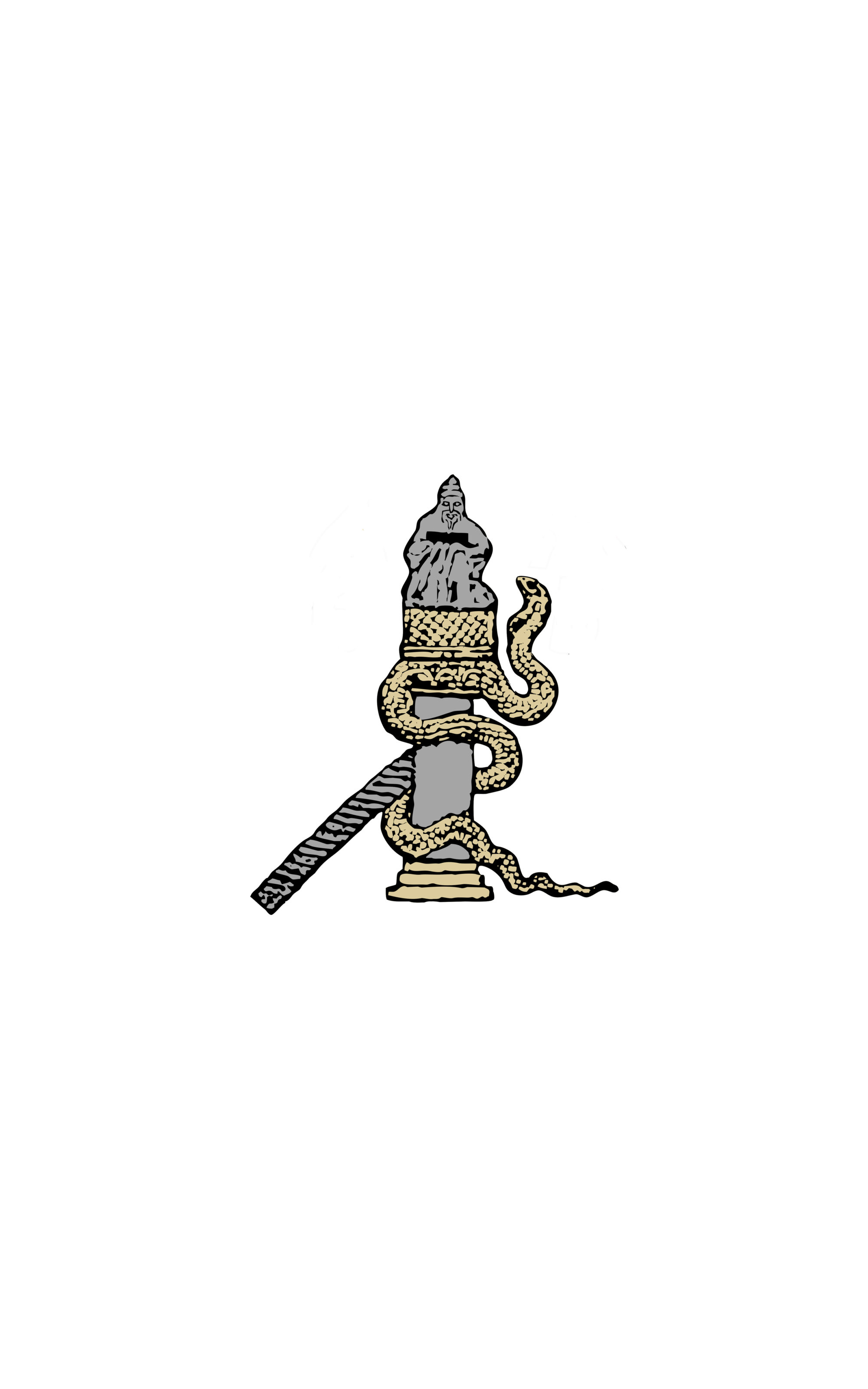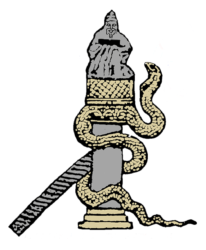Conference: Epigraphy on Ceramics – Call for Papers
Ghent University, in cooperation with the Université libre de Bruxelles, plans to organise on the 17th and 18th December 2015 a conference on the specific problems of Epigraphy on Ceramics. The aim of this conference is to prepare a synthetic volume on this topic of research. The contributions should provide a first basis for a collective analysis of this particular type of inscriptions. The acts of the conference will thereafter be structured as a single and detailed companion to Epigraphy on Ceramics.
In all periods from the Bronze Age to the Late Antiquity, throughout the Mediterranean Basin, ceramics were frequently used as a material support for inscriptions. Precise genres of texts used to be written on ceramics, painted or engraved either before or after firing, as for example economic or more widely speaking administrative data, religious dedications, marks of property. These so-called minor genres are well documented, but, partly because the corresponding texts are short and often difficult to read, the inscriptions of ceramics have not been as thoroughly studied in past research as other epigraphic genres, especially monumental inscriptions.
At least five kinds of approaches should be followed in the analysis of inscriptions on ceramics. First of all, the texts whose content can be broadly classified as administrative provide important data for the history of ancient economies. Furthermore, as many of these texts were written on the behalf or within the frame of ancient armies, they are also a major source for military history with all its components, from the study of Rangordnung to the analysis of the movements and strategies of ancient states. A third approach takes into account the inscriptions found in sanctuaries, mainly religious dedications, as a source for the history of religion. Two other genres, marks of property and gift dedications, allows for significant conclusions on the social structures and relationships in various societies. Last of all, independently from the epigraphic genre of the texts, inscriptions on ceramics are also an important source for the linguistic and sociolinguistic study of ancient societies.
The conference and the subsequent volume should include synthetic reports on the main aspects of these topics of research in the geographical and chronological frame of the Mediterranean Basin in antiquity. Keynote speakers will read general introductions to each of these five issues. Scholars who should be interested in any of these five paths of research are kindly invited to submit an abstract for a synthetic talk, taking into account either a wide geographical area or a particularly relevant period or a significant transversal feature shared by all or by many of the inscriptions in question. As the conference is organised as a preliminary step to the publication of a collective synthesis, the participants should send a first version of their paper to the organisers before the conference itself; this preliminary text should circulate among the participants, in order to develop further discussion, before the participants provide a definitive version of the chapter they have undertaken to write.
Gent, the 6th November 2014
Wim Broekaert (UGent), Alain Delattre (ULB), and Emmanuel Dupraz (ULB)
———-
Deadlines
Submitting of the abstracts: 31th January 2015
Selection of the abstracts: 31th March 2015
Submission of a preliminary text (to be circulated): 30th November 2015
Conference: 17th and 18th December 2015
Definitive version of the papers: before the 31th January 2016

